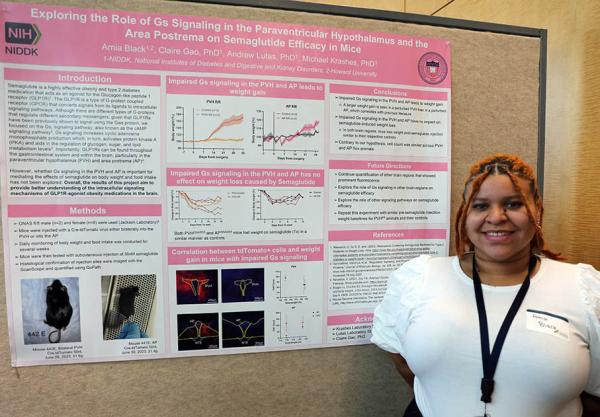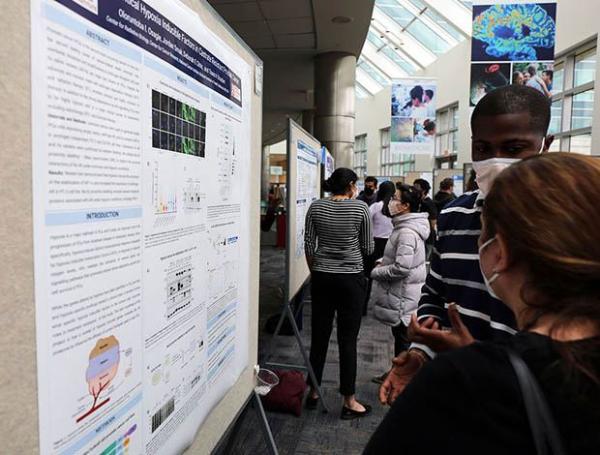IRP’s Michael Chiang Elected to National Academy of Medicine
NEI Director is Envisioning the Future of Eye Research
Vision is one of the most important ways we experience the world around us, so naturally, when disease and injury threaten sight, the impact of that loss can cause significant harm to our quality of life. That’s why, when Michael F. Chiang, M.D., became director of NIH’s National Eye Institute (NEI), he felt it was so important to incorporate this sentiment into his Institute’s new mission statement: “To eliminate vision loss and improve quality of life through vision research.”
This past fall, Dr. Chiang was elected to the National Academy of Medicine (NAM) for his own contributions to that mission, through his research on eye disease and the use of data and technology to improve treatment and access to vision care. His work has particularly focused on the diagnosis and treatment of retinopathy of prematurity (ROP), a complication that can lead to blindness among premature and low-birthweight babies.






